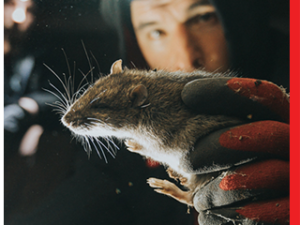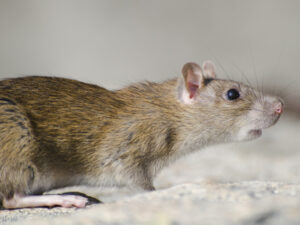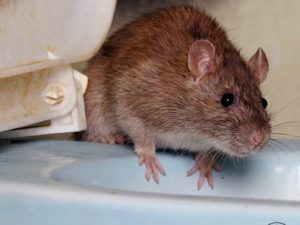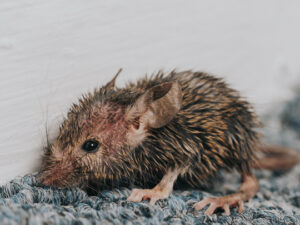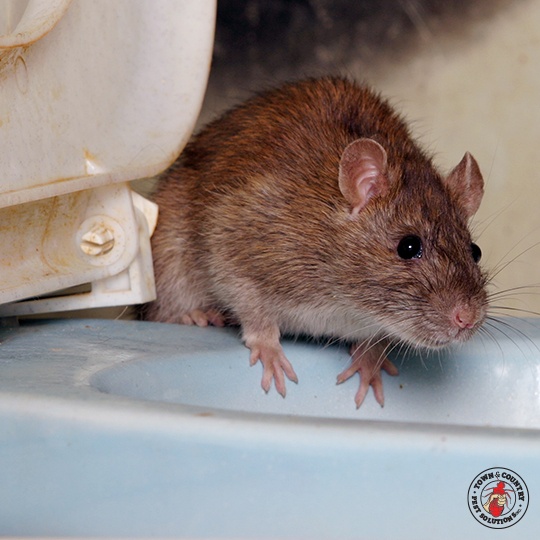
Rattus norvegicus, or the “Norway rat,” is the most frequently encountered rat pest in all states within the contiguous US, and with the exception of house mice (Mus musculus), Norway rats are the most commonly managed rodent pests on both residential and commercial properties nationwide. The Norway rat outcompetes the equally repellent and filthy roof rat (R. rattus) in virtually all urban centers and in most suburban neighborhoods throughout the country.
The majority of rat complaints lodged by homeowners throughout New York involve Norway rats, and while roof rats are not uncommon in the state, their habitat range is largely limited to coastal areas. Just like roof rats, Norway rats have established habitats throughout the world, and experts believe that the species first arrived in the US during the mid 1700s by hitchhiking on colonial ships. Norway rats have become so well established in human settings throughout the world that determining their native habitat is now next to impossible, but existing evidence suggests that the species likely originates from central or eastern Asia.
According to the Centers for Disease Control and Prevention, rats and mice have been found to transmit at least 35 diseases to humans. These diseases can be contracted through contact with live and dead rodents, and through contact with rodent feces, urine, saliva, and in very rare circumstances, through rodent bites. Parasitic arthropods like ticks, fleas, and mites often feed on the blood of infected rats before parasitizing humans, which usually results in the indirect transmission of serious diseases including multiple typhus and encephalitic infections, as well as leishmaniasis, and quite likely plague.
Norway rats invade all types of structures year round in New York, but infestation rates spike during the fall when the pests seek shelter from the coming winter cold. However, Norway rats insulate themselves from the cold by excavating nesting burrows several feet deep into the ground on residential and urban landscapes, which results in costly and unsightly property damages. Considering their instinct for establishing subterranean nests, it should not be surprising to learn that Norway rats often gain access to manmade structures by burrowing into the ground. For example, due to their natural burrowing habit, Norway rats often gain entrance into the lowest level of homes and buildings, as well as sewer systems where they have been known to traverse pipes that direct the pests into indoor toilets.
Have you ever been able to detect a found indoor odor that you later realized had originated from indoor rodent pests?

